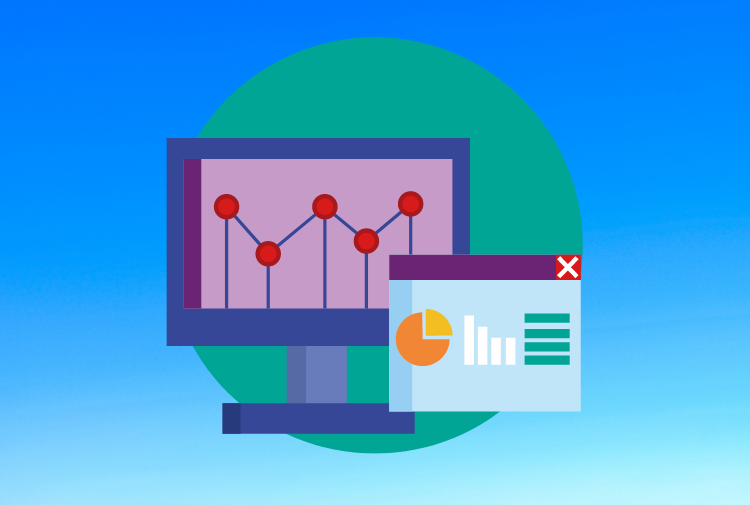Introduction
Analytical reports play a crucial role in business and academia as they provide valuable insights and data-driven recommendations. Whether you are an analyst, a student, or a professional, knowing how to write an effective analytical report is essential for conveying your findings in a clear and impactful manner. In this article, we will guide you through the process of creating an analytical report that captures your audience’s attention and delivers actionable results.
Table of Contents
-
Understanding the Purpose of an Analytical Report
-
Gathering and Analyzing Data
-
Identifying Reliable Data Sources
-
Organizing and Validating Data
-
-
Defining the Structure of the Report
-
Crafting a Strong Executive Summary
-
Creating Clear Objectives and Scope
-
-
Presenting the Findings
-
Utilizing Visualizations and Graphs
-
Interpreting the Data
-
-
Analyzing the Results
-
Identifying Patterns and Trends
-
Comparing Data Points
-
-
Formulating Data-Driven Recommendations
-
Tying Recommendations to Objectives
-
Addressing Potential Limitations
-
-
Writing the Report
-
Adopting a Clear and Concise Writing Style
-
Proofreading and Editing
-
-
Ensuring Consistency and Accuracy
-
Checking for Logical Flows
-
Reviewing Citations and References
-
-
Engaging the Reader
-
Using Storytelling Techniques
-
Employing Rhetorical Questions
-
-
Conclusion
-
Frequently Asked Questions (FAQs)
1. Understanding the Purpose of an Analytical Report
Before diving into the writing process, it’s crucial to understand the purpose of your analytical report. Analytical reports aim to present objective data, identify patterns, and provide recommendations based on the analysis. They are used to guide decision-making processes and support evidence-based conclusions.
2. Gathering and Analyzing Data
The first step in writing an analytical report is collecting relevant data. Identify reliable sources that align with your objectives and ensure the accuracy and validity of the information. Once you have gathered the data, proceed with organizing and validating it to ensure its credibility.
3. Defining the Structure of the Report
A well-structured analytical report enhances readability and comprehension. Start with a compelling executive summary that highlights the key findings and recommendations. Clearly define the objectives and scope of the report to give readers a sense of direction.
4. Presenting the Findings
Data visualizations, such as graphs and charts, are effective tools for presenting complex information in a digestible format. Interpret the data objectively, avoiding biases, and provide context to help readers grasp the significance of the findings.
5. Analyzing the Results
In this section, identify patterns and trends within the data. Compare different data points to uncover relationships and insights. A thorough analysis will strengthen the credibility of your report and support your recommendations.
6. Formulating Data-Driven Recommendations
Your recommendations should be directly tied to the objectives defined in the report. Offer actionable and realistic solutions, considering potential limitations and challenges that may arise when implementing the recommendations.
7. Writing the Report
Adopt a clear and concise writing style to communicate your findings effectively. Present technical information in a manner that is understandable to a broader audience. Proofread and edit your report to eliminate errors and ensure coherence.
8. Ensuring Consistency and Accuracy
Check for logical flows in your report to maintain coherence. Review your citations and references to ensure the accuracy and credibility of your sources. Consistency in formatting and language usage is also essential for a professional-looking report.
9. Engaging the Reader
Capture the reader’s attention by incorporating storytelling techniques and rhetorical questions. Engaging the reader will make your report more compelling and increase its impact.
Conclusion
Writing an analytical report requires careful planning, data analysis, and clear communication. By following the steps outlined in this article, you can create a well-structured and informative report that provides valuable insights and actionable recommendations.
Frequently Asked Questions (FAQs)
-
What is the primary purpose of an analytical report?
The primary purpose of an analytical report is to present objective data and provide data-driven recommendations.
-
Why is data analysis important in writing an analytical report?
Data analysis is crucial as it helps identify patterns, trends, and relationships within the data, leading to informed conclusions.
-
How can I engage the reader in my analytical report?
Engage the reader by incorporating storytelling techniques and posing rhetorical questions to pique their interest.
-
Should I consider limitations and challenges when formulating recommendations?
Yes, considering limitations and challenges is essential to create realistic and actionable recommendations.
-
How do data visualizations enhance an analytical report?
Data visualizations, such as graphs and charts, make complex information more understandable and accessible to readers.








